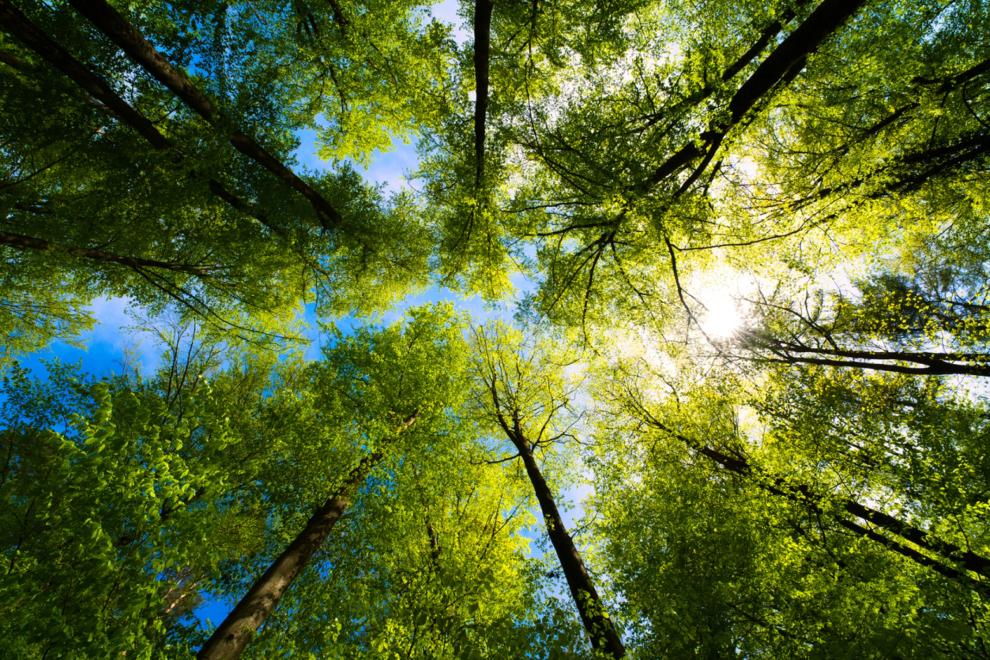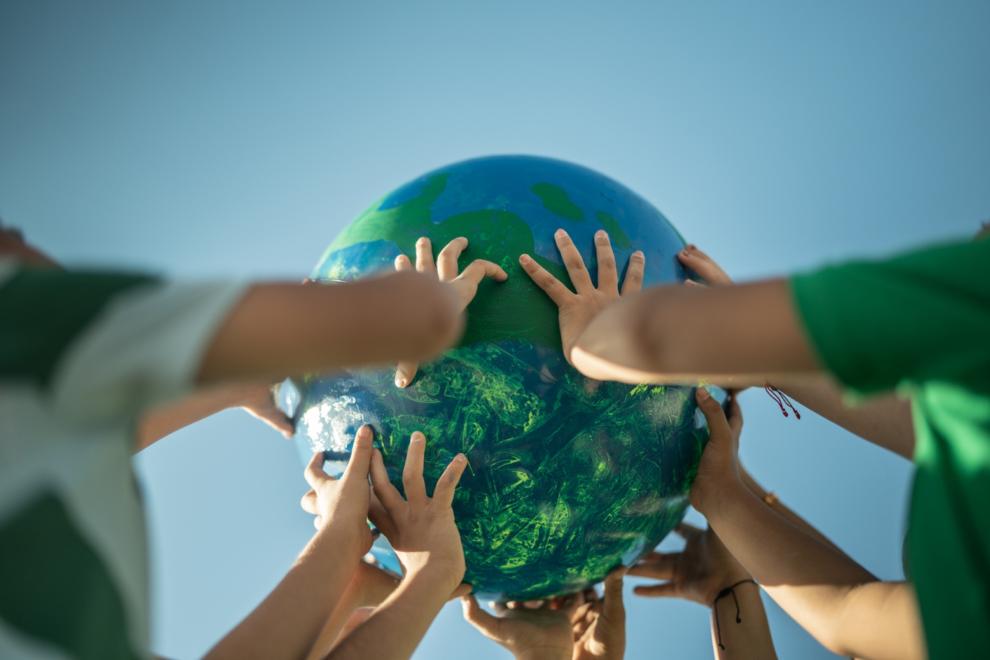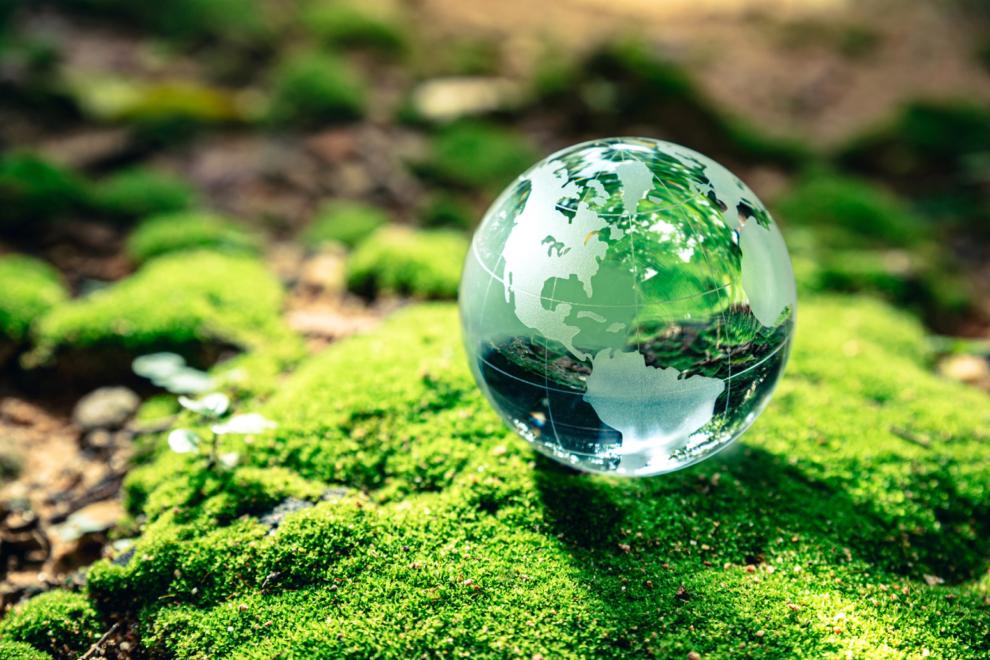Climate
Achieving climate neutrality by 2050 necessitates significant reductions in emissions associated with the sourcing, production, use, and disposal of materials. Life Cycle Assessment (LCA) studies indicate that food and beverage cartons have the lowest carbon footprint in the milk and juice categories compared to PET and single-use glass bottles.

Key figures
- -47% vs. PET bottles. Beverage cartons have a lower carbon footprint in comparison to other alternative packaging for the same functionality. [Source]
- -80% vs. single-use glass bottles. Beverage cartons have a lower carbon footprint in comparison to other alternative packaging for the same functionality. [Source]
- ~95% of renewable energy is used by the industry for the production of beverage cartons.
Pathway to Climate Neutrality by 2050: The Role of Beverage Cartons
Why are food and beverage cartons low-carbon packaging solutions? This comparative advantage is attributed to several factors:
- Use of renewable materials from sustainably managed forests that store carbon.
- Recyclability of food and beverage cartons, reducing their overall carbon footprint.
- Efficient transport and lightweight nature of beverage cartons.
- Industry investments in reducing carbon emissions.
- Over 90% of green energy produced on-site from wood residues in liquid packaging board (LPB).

Our commitments
Food and beverage carton producers are committed to contributing to a low-carbon circular economy by investing in new recycling projects, using science-based targets for greenhouse gas reduction, and sourcing materials sustainably based on internationally recognized standards. The industry continuously monitors and strives to reduce environmental impacts throughout the entire life cycle of their products.
Supporting evidence Environmental performance of beverage cartons
